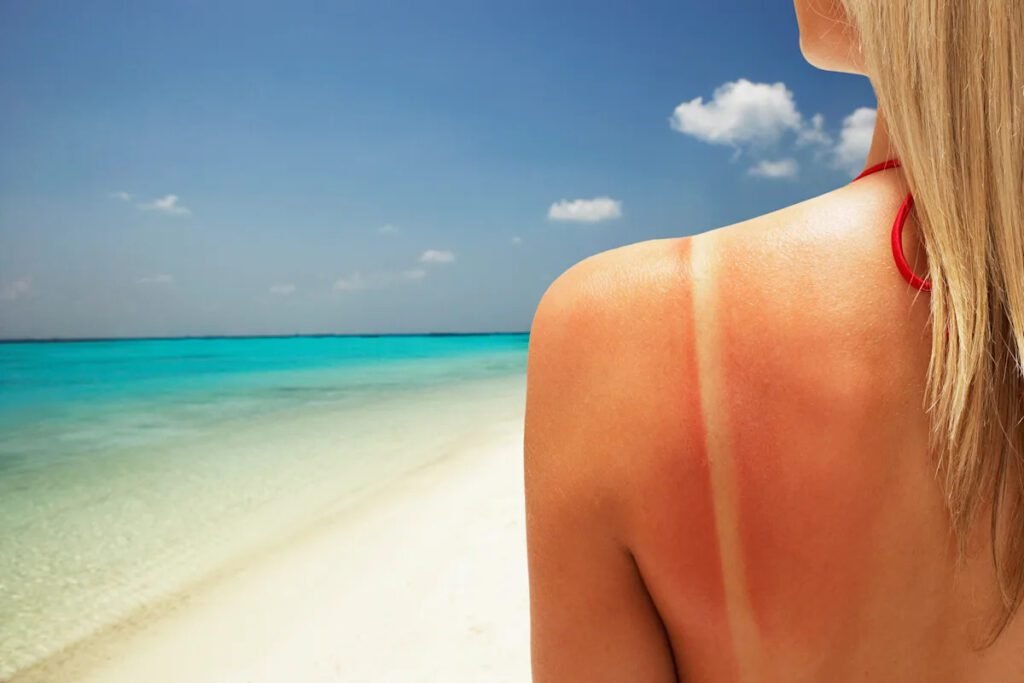Understanding Sunburn: Causes, Treatment, and Prevention Strategies
If you’ve spent time outdoors—whether at the beach, hiking in the desert, or lounging in the backyard—and ended up with a painful sunburn, you’re not alone. Sunburns occur when the skin reacts to prolonged exposure to UV rays, leading to inflammation and discomfort. While at-home treatments can usually soothe the burn, it’s essential to note that sun damage is irreversible, even from a single severe incident, which significantly raises the risk of skin cancer and premature skin aging.
What to Do After a Sunburn: Essential Steps
To aid recovery from sunburn, dermatologists recommend a combination of cooling techniques, hydration, and mindful care to minimize further skin damage. Here’s a structured guide to help you heal effectively.
Key Steps for Treating Sunburn
-
Cool Down Your Body:
- Use a cold compress like a wet washcloth or take a cool bath to reduce inflammation.
-
Moisturize:
- Apply a gentle moisturizer while your skin is still damp. Lotions with aloe vera or cucumber can hydrate, cool, and calm irritated skin. Overly dry skin can exacerbate discomfort, so don’t hesitate to moisturize generously.
-
Stay Hydrated:
- Drink plenty of water to promote healing and replenish fluids lost due to skin damage.
-
Medication:
- Consider taking ibuprofen to alleviate pain, redness, and swelling associated with inflammation.
-
Wear Loose Clothing:
- Opt for breathable, natural fabrics to minimize skin irritation and promote comfort while healing.
- Avoid Sun Exposure:
- Steer clear of the sun to prevent further damage to already sensitive skin.
Important “Don’ts” for Sunburn Care
-
Avoid Ice:
- Do not apply ice directly to your skin, as it can cause additional damage.
-
No Picking or Peeling:
- Resist the urge to peel or pop blisters, which can worsen the situation and increase infection risk.
-
Skip Petroleum-Based Products:
- Avoid moisturizers like Vaseline, which trap heat and can worsen inflammation.
- No Rubbing or Exfoliating:
- Gentle application of moisturizers is recommended. Avoid vigorous rubbing or using harsh products during the healing process.
How Long Does Sunburn Last?
A mild sunburn can last a few days, while more severe burns may take up to two weeks to heal. Remember, skin peeling may continue even after the initial sunburn symptoms subside.
When to Seek Medical Attention
If your sunburn isn’t showing signs of improvement or you notice symptoms like blistering or infection, consult a healthcare professional. Signs of more severe issues, such as fever, chills, dizziness, or unusual fatigue, warrant immediate medical attention.
Special Considerations for Children
Monitoring children after sunburn is crucial as they may not communicate their discomfort effectively. Infants under six months should be kept out of direct sunlight entirely, and any sunburn in this age group should prompt a visit to the pediatrician.
Conclusion: The Importance of Sun Protection
Sunburns should not be dismissed as minor issues; they are a type of skin burn that can have significant long-term consequences. To better safeguard your skin, prioritize sun protection methods like wearing sunscreen, protective clothing, and seeking shade during peak UV hours.
Being proactive can help minimize your risk of sunburn and maintain healthier skin.
For further information on sun protection, visit The Skin Cancer Foundation.
Stay informed and take action to protect your skin!


